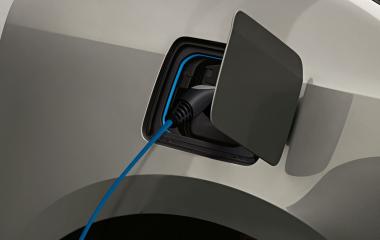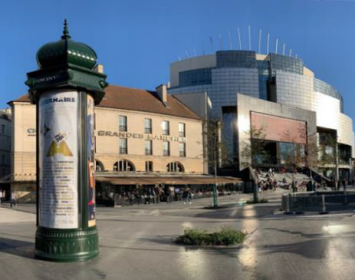SGL Carbon gewinnt BMW Group-Auftrag für Batteriegehäuse-Abdeckung
- Neue e-Mobility-Komponente aus Faserverbundwerkstoff
- Mehrjähriger und substanzieller Auftrag
Nach Prototypen für einen chinesischen Automobilhersteller, einem Großauftrag von einem nordamerikanischen Automobilbauer sowie einem weiteren Auftrag für einen europäischen Sportwagenhersteller ist die SGL Carbon nun von der BMW Group mit der Serienproduktion von Abdeckungen für ein Batteriegehäuse beauftragt worden. Der substanzielle mehrjährige Auftrag wird die Produktion eines neuartigen glasfaserbasierten Deckels für ein Batteriegehäuse umfassen. Die Komponente wird in einem zukünftigen Plug-in-Hybridmodell der BMW Group zum Einsatz kommen.
Werkstoffe aus Faserverbund sind für Abdeckungen von Batterie¬gehäusen aus mehreren Gründen geeignet: Neben dem geringen Gewicht, das die Reichweite von Elektroautos unterstützt, zeichnen sich Batteriegehäuseabdeckungen aus faserverstärktem Kunststoff durch eine hohe Steifigkeit aus. Zusätzlich kommen noch weitere Vorteile zum Tragen. So erfüllen Verbundwerkstoffe auch hohe Anforderungen an Dichtheit gegenüber Wasser oder Gas. Des Weiteren können Verbundwerkstoffe helfen, unter anderem eine bessere Strukturfestigkeit am Unterboden z. B. gegen Durchschlag zu erreichen. Für besonders beanspruchte Strukturen oder Tragelemente wie etwa Unterbodenplatten und Seitenrahmen bietet sich auch der Einsatz von Carbonfasern an. Für weniger beanspruchte Bauteile wie Batteriegehäuseabdeckungen können Glasfasern oder ein Fasermix ausreichend sein.
Zusätzlich zur neuen Anwendung für die Batteriegehäuseabdeckung eines Plug-In-Hybridmodells, fertigt die SGL Carbon für die BMW Group auch weiterhin die bekannten Bauteile aus carbonfaserverstärktem Kunststoff für den BMW i3, liefert Materialien für die Carbon Core-Karosserie des BMW 7er und ist als Lieferant sämtlicher Carbon-Materialien – Fasern, Textilien, Stacks – für den BMW iNEXT nominiert, der 2021 starten wird.
SGL CARBON SE





